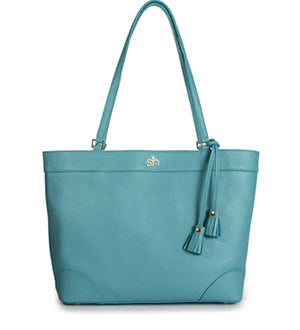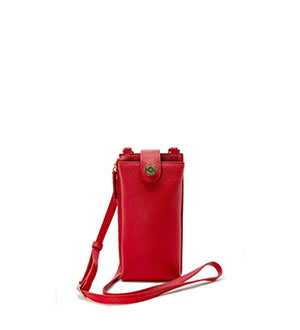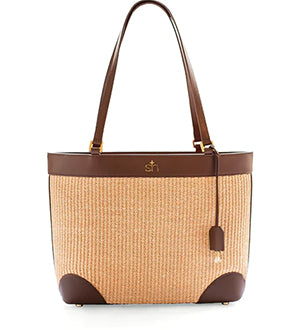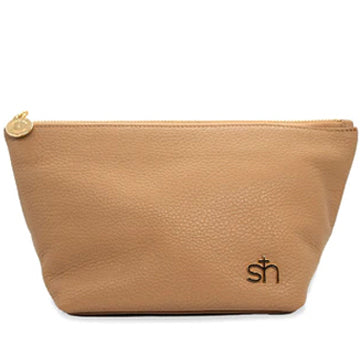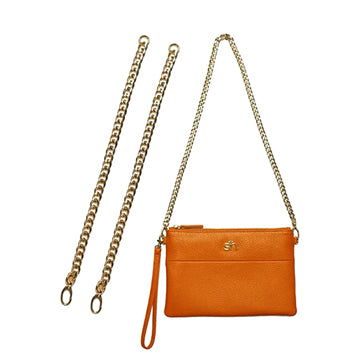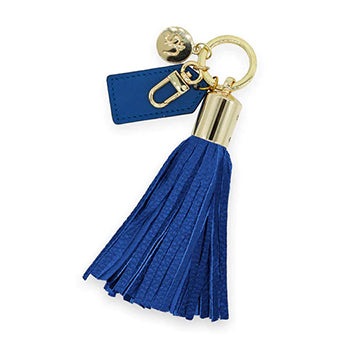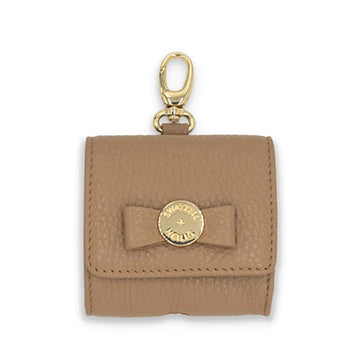The Do's and Don'ts of Leather Cleaning

Quick Listen:
Leather, a timeless and luxurious material, is cherished for its durability, style, and versatility. Whether it's a leather sofa, jacket, bag, or car seat, maintaining its pristine condition requires the right care. Leather is unique; while it's robust, it's also sensitive to harsh treatments. Cleaning it improperly can lead to irreversible damage. This guide provides essential dos and don'ts to help you keep your leather items looking their best.
Understanding Leather Types
Before diving into the cleaning process, it's crucial to understand the type of leather you're dealing with. Leather generally falls into these categories:
- Aniline Leather: Soft, natural, and untreated with a protective coating. It's prone to stains and requires gentle care.
- Semi-Aniline Leather: Treated with a light protective layer, offering more resistance to stains while retaining a natural look.
- Pigmented/Protected Leather: Coated for durability and resistance, commonly used in furniture and car interiors.
- Suede and Nubuck: Soft and velvety but delicate and susceptible to water stains and scratches.
Check the manufacturer's label or consult a professional to determine your leather type and appropriate cleaning methods.
The Do's of Leather Cleaning
-
Do Dust Regularly
Dusting is the first step to maintaining leather. Use a soft, dry cloth to remove surface dirt and debris. Regular dusting prevents grime from embedding in the material.
-
Do Use the Right Cleaner
Invest in a leather-specific cleaner suitable for your item. General cleaners can strip the material of its natural oils, leaving it dry and brittle. Always test the product on a small, inconspicuous area to ensure it doesn't cause skin discoloration.
-
Do Condition Periodically
Leather requires moisture to stay supple. Apply a leather conditioner every 612 months to restore oils and maintain flexibility. Use a product designed for your specific leather type to avoid oversaturation.
-
Do Blot Spills Immediately
Accidents happen, but quick action is key. Use a clean, dry cloth to blot spills gently. Avoid rubbing, as it may spread the liquid and cause staining.
-
Do Keep Leather Away from Heat
Excessive heat dries out leather, causing cracks. Keep your leather items away from direct sunlight, radiators, and other heat sources.
-
Do Store Properly
For leather clothing and accessories, use breathable storage bags and avoid plastic covers. Stuff bags with acid-free tissue paper to help maintain their shape.
-
Do Seek Professional Help When Necessary
For persistent stains or extensive damage, consult a leather cleaning professional. Attempting DIY fixes on sensitive leather types can make the problem worse.
The Don'ts of Leather Cleaning
-
Don't Use Harsh Chemicals
Household cleaners, bleach, and ammonia-based products are too abrasive for leather. They strip away protective layers, causing discoloration and weakening the material.
-
Don't Overwet Leather
Leather and water are not friends. Overwetting can lead to water stains, shrinkage, and warping. Use minimal moisture during cleaning.
-
Don't Scrub Vigorously
Scrubbing damages the leather's surface, especially on delicate types like suede. Instead, use gentle, circular motions with a soft cloth.
-
Don't Ignore Stains
Procrastinating on cleaning stains allows them to set, making removal more difficult. Address spills and marks as soon as possible.
-
Don't Use Hair Dryers or Heaters
If leather gets wet, air dry it naturally. Using hair dryers or heaters accelerates drying, leading to cracks and shrinkage.
-
Don't Forget to Patch Test
Skipping the patch test on a small area can result in widespread damage if the cleaner or conditioner reacts poorly with your leather.
-
Don't Store Leather in Humid Environments
Leather absorbs moisture from the air, which can lead to mildew. Store it in a cool, dry place with proper ventilation.
Step-by-Step Leather Cleaning Guide
Step 1: Gather Supplies
- Soft microfiber cloths
- Leather cleaner
- Leather conditioner
- Distilled water (if needed)
- Suede or nubuck brush (for these specific types)
Step 2: Dust the Surface
Start by dusting off loose dirt with a soft, dry cloth. For hard-to-reach areas, use a vacuum with a soft brush attachment.
Step 3: Clean Gently
Dampen a cloth with a leather cleaner or a mix of mild soap and distilled water. Wipe the leather gently in circular motions, avoiding excessive moisture.
Step 4: Dry Naturally
Use a clean, dry cloth to remove excess moisture. Let the leather air dry in a shaded, ventilated area.
Step 5: Condition
Apply a small amount of leather conditioner with a soft cloth. Rub it in using circular motions and let it absorb for a few hours.
Step 6: Buff for Shine
Buff the leather lightly with a clean cloth to restore its shine and texture.
Handling Specific Issues
-
Ink Stains
Use a leather-specific ink remover or rubbing alcohol on a cotton swab. Apply gently and avoid spreading the stain.
-
Oil Stains
Sprinkle cornstarch or baking soda on the affected area to absorb oil. Let it sit for a few hours, then brush off with a soft cloth.
-
Mildew
Mix equal parts distilled water and white vinegar. Dampen a cloth with the solution and wipe the affected area.
-
Scratches
Minor scratches can often be minimized by rubbing them gently with your finger. Natural oils from your skin can help.
Common Myths About Leather Cleaning
-
All leather is the same.
Leather types vary widely in texture and treatment. A one-size-fits-all approach can cause damage.
-
Water is safe for cleaning leather.
While a small amount of water can be used, excessive moisture is harmful to leather.
-
Leather doesn't need maintenance.
Neglecting leather leads to cracks, fading, and loss of durability. Regular cleaning and conditioning are essential.
Tips for Long-Term Leather Care
- Rotate Use: For items like bags or shoes, rotate usage to prevent uneven wear.
- Avoid Overloading: Don't overstuff leather bags or wallets to maintain their shape.
- Protect from Sunlight: Use UV-protective sprays on frequently exposed leather items.
Final Thoughts
Proper leather cleaning and maintenance can significantly extend the life of your cherished items. By following the dos and don'ts outlined in this guide, you can ensure your leather remains in top-notch condition for years. Remember, when in doubt, consult a professional. With the right care, your leather possessions will continue to exude elegance and functionality.
You may also be interested in: Hoodies, Ballet Flats and Claire McCardell? Swatzell + Heilig
Indulge in the craftsmanship of attainable luxury Italian leather. Exclusive designs and impeccable functionality, handcrafted to last a lifetime. Shop the Swatzell + Heilig's fashion collection now!
Powered by flareAI.




